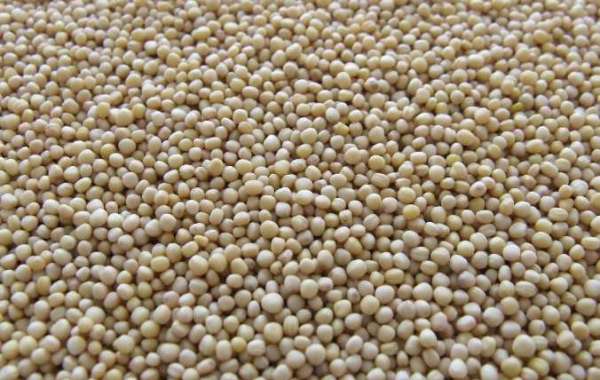When it comes to feeding livestock, finding a sustainable and nutritious source of animal feed is essential for both the well-being of the animals and the economic viability of farming operations. In recent years, there has been a growing recognition of millets as a valuable and eco-friendly option for animal feed. In this article, we will explore the suitability of millets as animal feed, delve into the nutritional benefits they offer to livestock, examine the cost-effectiveness of using specific millet varieties, and present case studies of successful millet-based animal farming.
Suitability of Millets as Animal Feed
Millets, a group of small-seeded grasses, have been cultivated for thousands of years for human consumption. However, their potential as animal feed has gained attention due to their adaptability, hardiness, and nutritional value. Sorghum, Browntop Millet, Finger Millet, and Barnyard Millet are among the millet varieties that have shown promise as animal feed.
These millets are well-suited for animal consumption because they are rich in carbohydrates, proteins, fiber, and essential minerals. They also have a lower lignin content compared to other forage crops, making them more digestible for livestock. Additionally, millets are drought-resistant, which is a significant advantage in regions with unreliable rainfall.
Nutritional Benefits for Livestock
Livestock, whether cattle, goats, sheep, or poultry, require a balanced diet to thrive. Millets contribute to this balance by providing a range of essential nutrients that are beneficial for animal health.
Protein Content: Millets are a good source of protein, which is crucial for muscle development and overall growth in animals. Finger Millet, in particular, is known for its high protein content, making it an excellent choice for poultry and dairy cattle.
Energy Source: Sorghum and Browntop Millet are rich in carbohydrates, serving as an energy source for livestock. They help provide the necessary energy for activities such as grazing, milk production, and egg-laying.
Fiber and Digestibility: Millets contain dietary fiber, which aids in digestion in ruminant animals like cattle. The lower lignin content in millets ensures better digestibility, reducing the risk of digestive problems in livestock.
Minerals and Micronutrients: Millets are a natural source of essential minerals like calcium, phosphorus, and iron, which are vital for bone health, reproduction, and overall immunity in animals.
Cost-Effectiveness of Millet-Based Animal Feed
One of the most appealing aspects of millet-based animal feed is its cost-effectiveness. Millets are relatively inexpensive to cultivate, requiring minimal water and fertilizer compared to other crops. This cost savings can significantly impact the economics of livestock farming, especially in areas with limited resources.
Furthermore, millet cultivation can often be integrated with other farming practices. For example, millets can be grown as a rotational crop with other staple grains, reducing the risk of soil depletion and pest infestations. This versatility makes millets a sustainable choice that contributes to the overall resilience of farming systems.
Case Studies of Successful Millet-Based Animal Farming
To illustrate the practical benefits of using millets as animal feed, let's explore a few real-world case studies:
Sustainable Dairy Farming: In a small dairy farm in a semi-arid region, the introduction of Finger Millet into the cattle's diet led to increased milk production. The lower water requirements of Finger Millet and its nutritional value made it an ideal choice for enhancing dairy cattle nutrition.
Poultry Farm Efficiency: A poultry farm in a region prone to water scarcity switched from conventional feed to a mixture that included Sorghum. Not only did this reduce feed costs, but it also improved the health and weight gain of the broilers.
Small-Scale Goat Farming: In areas with limited access to high-quality forage, Barnyard Millet cultivation served as an essential feed source for goats. The goats demonstrated better weight gain and reproductive performance, leading to increased profits for local farmers.
In conclusion, millets have emerged as a sustainable and cost-effective option for animal feed. Their nutritional benefits, adaptability, and lower environmental impact make them a valuable addition to livestock farming practices. As demonstrated by these case studies, millets can contribute to healthier and more profitable livestock operations while promoting sustainable agriculture. Farmers are increasingly recognizing the potential of millets not only to feed the world's growing population but also to nourish their livestock for a brighter and more sustainable future.










